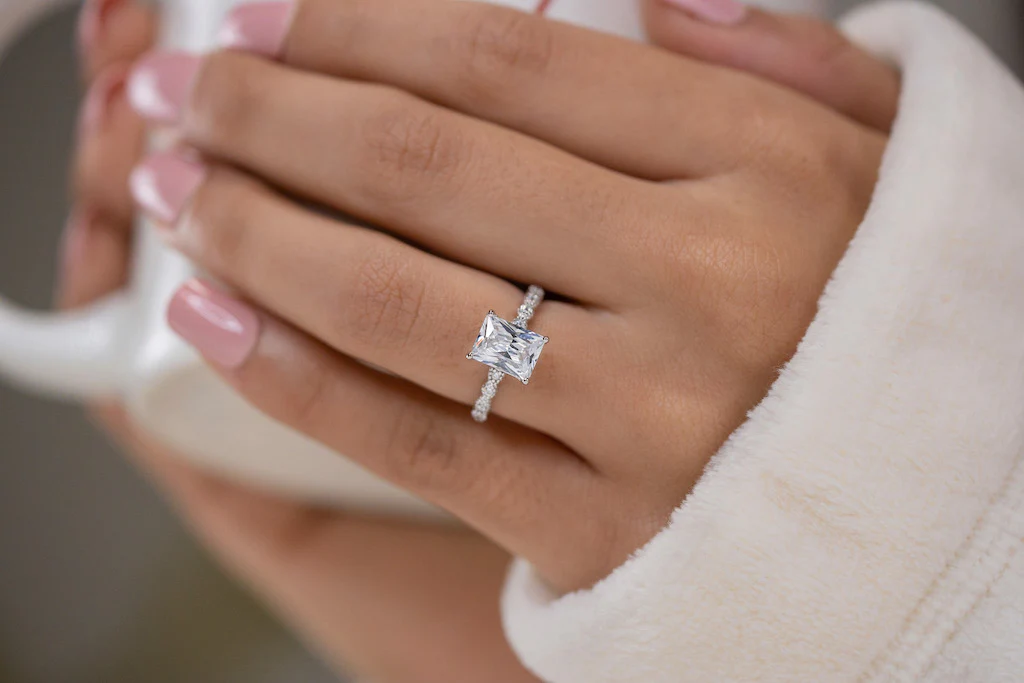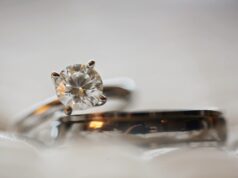
In the world of jewels and gemstones, engagement rings hold a special place. Representing love, commitment, and the promise of a future together, these rings are cherished symbols. Yet, many people find themselves asking a vital question, “Why are engagement rings so expensive?” This article aims to untangle the various factors that contribute to the high cost of engagement rings, offering insight into elements like market demand, design intricacies, gemstone values, and additional aspects.
Historical Context
Before we delve into contemporary pricing components, understanding the historical context of engagement rings is essential. The tradition of exchanging rings dates back to ancient times, with variations seen in different cultures. In modern Western contexts, the trend of gifting diamond engagement rings was popularized in the 20th century. A marketing campaign by De Beers, a mining company, helped solidify diamonds as the gemstone of choice for engagement rings, creating an enduring demand that impacts prices even today.
Diamond Dominance

Rarity and Demand
Engagement rings, especially those with diamonds, carry significant costs due to the inherent rarity and high demand for these gemstones. Extracting diamonds is a labor-intensive process, and the resulting yield often contains only a small percentage of gem-quality stones. This scarcity inherently drives up costs.
Cut, Clarity, and Carat
Beyond scarcity, the “Four Cs” (cut, clarity, color, and carat weight) significantly influence a diamond’s price. High-grade diamonds with exceptional cut, clarity, and color, and substantial carat weight command premium prices. Crafting a beautifully cut diamond necessitates expert skill and precision, further adding to the expense.
Design Intricacies
Customization
Custom designs and intricate detailing contribute to the cost of engagement rings. Handcrafted details and unique designs, often sought for their symbolic significance, require the skilled labor of seasoned artisans. This labor-intensive process reflects in the price, increasing the overall cost.
Material Costs
The choice of metal – gold, platinum, or others – also impacts the cost. High-quality, durable metals that withstand daily wear and tear are preferred for engagement rings, adding another layer to the price structure.
Gemstone Values
While diamonds dominate the market, other gemstones like sapphires, emeralds, and rubies, also find a place in engagement rings. Each gemstone carries its own valuation, influenced by factors like origin, color saturation, clarity, and size. Precious gemstones, known for their enduring beauty and rarity, add considerable value to engagement rings, influencing the overall cost.
Additional Aspects

Brand Value
Top-tier brands and designers add a premium to their creations, enhancing the price tag. Consumers often seek reputed brands for their assured quality and exceptional craftsmanship, contributing to increased demand and consequently, higher prices.
Marketing and Advertising
Engagement rings, like other luxury goods, involve substantial marketing and advertising costs. Brands invest heavily in promoting their products, creating an allure and desirability that further escalates the price.
Ethical Considerations
In contemporary times, ethically sourced and produced engagement rings have gained prominence. Consumers seeking ethically mined and crafted rings may find themselves facing higher prices, reflecting the investment in sustainable and responsible practices.
Conclusion
In conclusion, the expense of engagement rings is a multifaceted issue, intertwined with historical, societal, and market dynamics. From the rarity and quality of gemstones to design intricacies, material costs, brand value, and ethical considerations, numerous elements converge to determine the price of engagement rings. Understanding these factors allows individuals to navigate the market knowledgeably, making informed decisions as they select the perfect symbol of their love and commitment.














